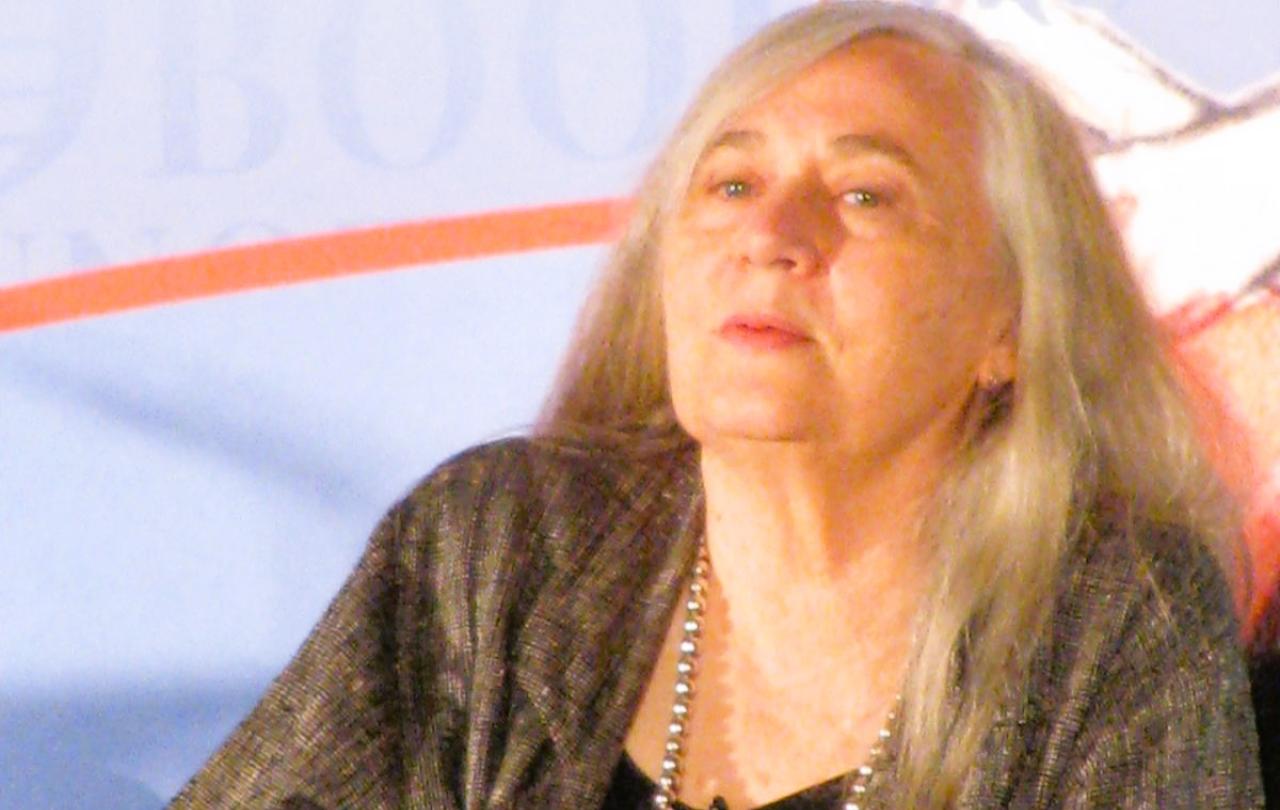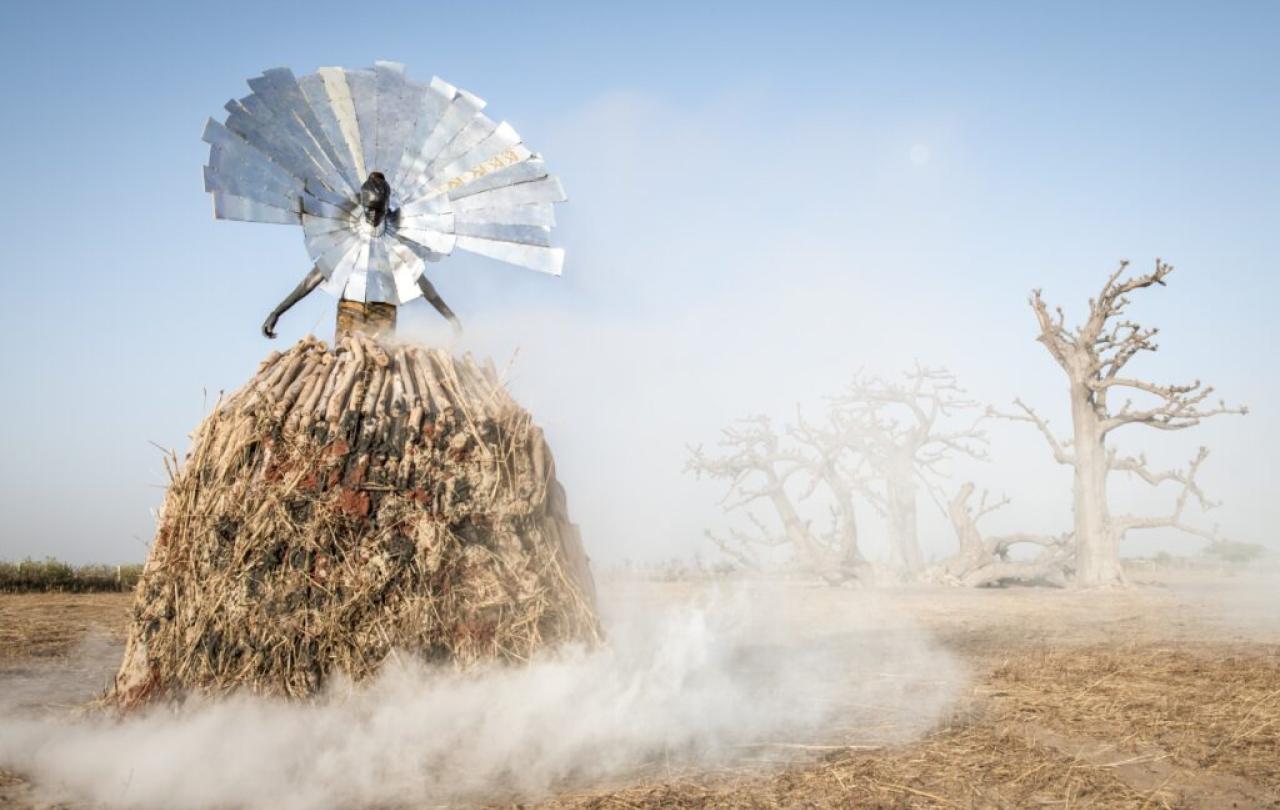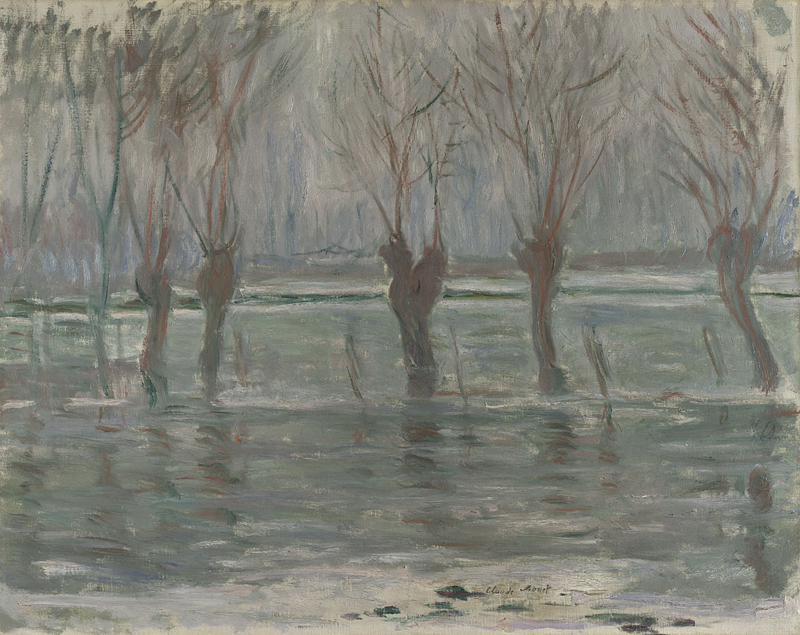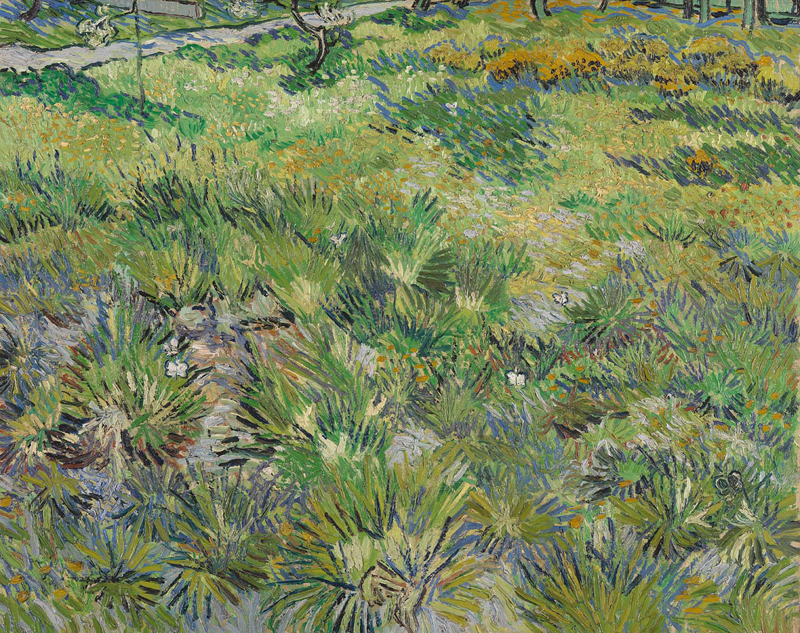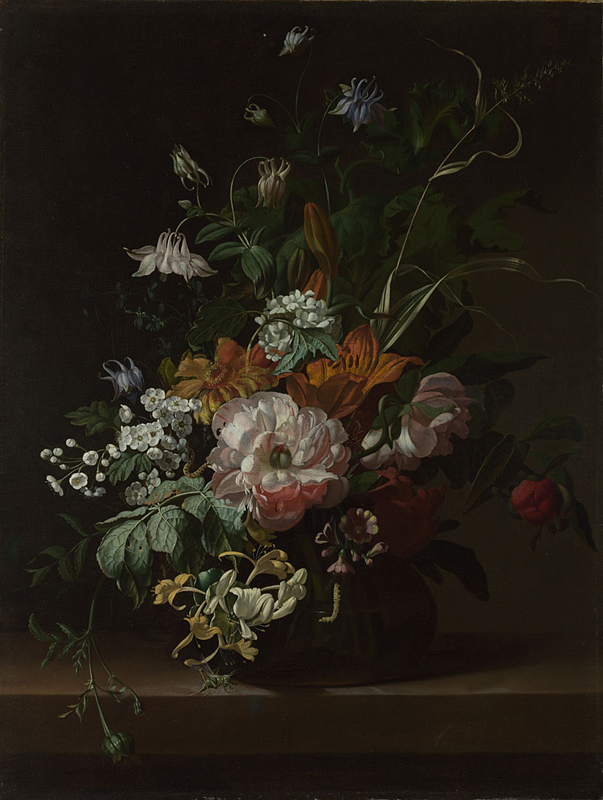Van Gogh paints an expanse of grass extending beyond his canvas in Long Grass with Butterflies, while Rachel Ruysch’s Flowers in a Vase brings flowers that bloom at different times of year together in one image. Awareness of edges, frames, borders, boundaries and other constraints in regard to their canvasses are used by these artists as an element in contrasting the limits of human understanding and the fecundity of nature. Even when artificially exceeding these boundaries, as Ruysch does, this can be in order to highlight our inability to do so in our primary world.
Co-creation is a concept which takes us further in that it involves human creation which is in line with the essence of God’s creation. Another creation story, that of Adam naming the animals, this time from the Book of Genesis, is key to understanding this aspect of creativity. Names in ancient times described the essence of the creature or object so named. That is what is described in this story. In our naming of the animals together with God, we look for the essence of each creature and then name that essence. This suggests a path to exploring possibilities within creation in partnership with God by creating the new in harmony with the essence of the actual.
This process of paying attention to come to know the essence of a thing by imaginatively exploring its various possibilities in order to realise its distinctive essence is what the poet Gerard Manley Hopkins called instress. He also called the essence that we identify the inscape. Ultimately, he suggests, “the instress of inscape leads one to Christ, for the individual identity of any object is the stamp of divine creation on it.” He wrote more about this understanding in the poem ‘Kingfishers catch fire’:
Each mortal thing does one thing and the same:
Deals out that being indoors each one dwells;
Selves — goes itself; myself it speaks and spells,
Crying Whát I dó is me: for that I came.
I say móre: the just man justices;
Keeps grace: thát keeps all his goings graces;
Acts in God's eye what in God's eye he is —
Chríst — for Christ plays in ten thousand places,
Lovely in limbs, and lovely in eyes not his
To the Father through the features of men's faces.
In an essay entitled ‘Wonders Never Cease: Integrity & the Modern Intellectual Condition’, Marilynne Robinson suggests that a theistic vision of the world, like that of Hopkins, “is freer to see the world whole, as it is in itself, so to speak” and she quotes Hopkins who says, “The world is full of the grandeur of God. / It will flame out, like shining from shook foil”. She continues: “Within this great given, that Being is an astonishment, any aspect of being can be approached with an expectation of discovering wondrous things. The slime that comes up from the depths of the sea in fishermen’s nets is a ruined universe of bioluminescence. Microorganisms live in clouds, air moves in rivers, butterflies navigate the earth’s magnetic field. The matter cosmologists call “dark,” which makes up most of the mass of the universe, seems to be non-atomic. Wonders never cease.” As a result, in her essay on ‘Psalm 8’ she gives this credo,
“I have spent my life watching not to see beyond the world, [but] merely to see, great mystery, what is plainly before my eyes … [as] With all due respect to heaven, the scene of miracle is here, among us.”
The approach that Robinson and Hopkins advocate as artists is one that could assist us more generally in relation to the climate emergency, while the sense of wonder found in their work is replicated in the images of Monet, Van Gogh and Ruysch and is, I suggest, what God looks for from us in the questions that are posed in the Book of Job. By responding to a wide range of ideas and sources, The Art of Creation conference demonstrated a similar balance to awe and knowledge, recognising that this attitude and approach opens up reflection on the abundance of the world and cultures that God created and also holds out the possibility that new inspirations will be sparked from the interplay of ideas that ensues. These ways of relating art, creation and faith suggest one approach to engaging with the big issues that artists and curators are exploring and which faith communities, including the Church, have explored throughout the history of humanity.
